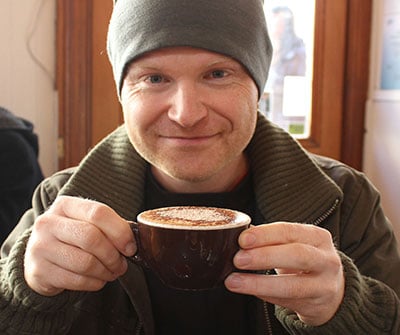Canon RF 28-70mm f2.8 IS STM review
-
-
Written by Gordon Laing
Intro
The Canon RF 28-70mm f2.8 IS STM is a mid-range general-purpose zoom for their full-frame EOS R mirrorless cameras. Like other RF lenses, it only works on EOS R bodies (plus some cinema models), and is not compatible with EF DSLRs or EOS M mirrorless cameras.
Launched in September 2024, the 28-70 provides a more affordable option for those who want a walkaround zoom with an f2.8 aperture but can’t stretch to pricier not to mention heavier models that zoom wider to 24mm.
It’s a rare mid-range option in Canon’s RF series, aimed as an upgrade from the basic kit zooms, and while the price makes it one of the most expensive non-L lenses in the RF series to date, it does remain a lot cheaper than the other bright RF zooms. Everything I know so far is in my video below, but if you prefer to read the written highlights, keep scrolling!
To illustrate the saving in size and weight, Canon’s RF 24-70 2.8L is comfortably larger, almost double the weight, not to mention roughly twice the price at around $2400 or pounds. Obviously the 24-70 2.8 is also an L lens with superior build, but you get the idea.
It’s also not Canon’s first lens to employ the 28-70 range to offer something a bit different – most recently in 2018 with the enormous 28-70 f2 seen here on the right which helped launch the EOS R system. This beast of a lens weighs almost 1.5kg and costs around three grand. Again there’s the L-factor to take into consideration, but you’re basically looking at the physical impact of wanting the same zoom range but with an aperture one stop faster. Think about that next time you want a brighter lens.
At this point I’d also be remiss if I didn’t mention Sigma has had a 28-70 2.8 for three years now, and Tamron a 28-75 2.8 for six years, both at around two thirds the price of the Canon. But that’s academic since neither are currently available in the RF mount, so if you own an EOS R camera you’re still pretty much looking to Canon alone for native full-frame lenses with autofocus.
So with the scene set, let’s take a look around the new lens. Closest to the mount are a pair of switches, the first setting the lens to autofocus or configuring the outer ring for custom control or manual focus. Below this you can switch the optical stabilizer on or off.
Next comes the ribbed zoom ring, and as a retracting design, this must first be twisted to the 28 position to shoot with the lens. The barrel gradually extends further as you zoom through the labeled focal lengths of 35, 50 and 70mm. Then to store the lens in its shortest length, just zoom back to 28 and keep twisting. Finally at the end of the barrel is a smooth spinning ring which as mentioned earlier can adjust manual focus or act as a custom control ring.
At the end of the barrel is a 67mm filter thread and a bayonet for an optional lens hood, although despite the fairly high price, Canon has continued its unpopular tradition of not including a hood with non-L lenses. You’ll need to pay extra for the EW-73D hood, about $35 for an official one or a tenner for a third-party. That said it does at least break with another tradition: despite not being an L lens, the 28-70 2.8 is dust and moisture-resistant, including a rubber grommet at the mount as well as seals around the rings and switches.
Ok now I’ll demo the range using the R8’s movie mode, starting at a mild-wide 28 that’ll capture most buildings or landscapes before reaching a short-telephoto 70mm for portraits or details. It’s an ideal range for events. Canon includes optical image stabilisation, or IS for short, claiming up to 5.5 stops of compensation for bodies without IBIS like the R8 I used for testing, or up to 7.5 stops for those with IBIS like the R6 II.
Focusing is courtesy of STM motors which operate quickly and quietly. You can see the lens refocusing on the R8 here at 28mm f2.8 between near and far. Note the closest focusing distance at 28mm is 27cm. And now for the lens at 70mm f2.8 where you can see the focusing remains very quick and accurate. Note the closest focusing distance at 70mm is 35cm.
Let’s try that last test at 70 2.8 for video with a single AF area in the middle. Here you can see the lens can deliver smooth and accurate transitions between near and far, and also note the new EOS C80 cinema camera in the background – I have a separate review of that if you’re interested.
How about focusing on people? Here’s the lens at 28mm f2.8 using face detection and the whole AF area on the EOS R8. While 28 is not wide enough for handheld vlogging, it’s great for presenting pieces to camera from a tripod where you want more of the surroundings.
If you’re after more separation from the background, here’s how the coverage looks at 50mm f2.8. Obviously you’ll enjoy greater background blur with a brighter prime, or indeed the 28-70 f2 if you can afford it, but at 2.8 you’re still getting some decent bokeh.
And finally at the long-end, at 70mm f2.8, where the lens becomes a short telephoto, ideal for closer-range portraiture or more concentrated pieces to camera. This is the maximum blurring you’ll achieve with this lens and a subject at this kind of distance, and I’ll show you a still portrait later.
But first a quick look at focus breathing without body-compensation enabled, starting at 28mm and manually focusing from infinity to the closest distance where you’ll see the coverage widen. And at 70mm, the view widens again as I focus closer, but not quite by as much as at 28mm. Note some bodies can reduce the effect of breathing with digital compensation, albeit with a crop to the coverage.
Speaking of digital compensation, like most modern lenses the RF 28-70 is designed to use a profile to correct for geometric distortion. This is applied automatically for JPEGs, with that option greyed-out in the menus, but if you’re shooting RAW you’ll need to ensure your converter is updated for this lens or you’ll see the distortion. Expect barrelling at the wide-end and some pincushion at the long-end without the profile applied.
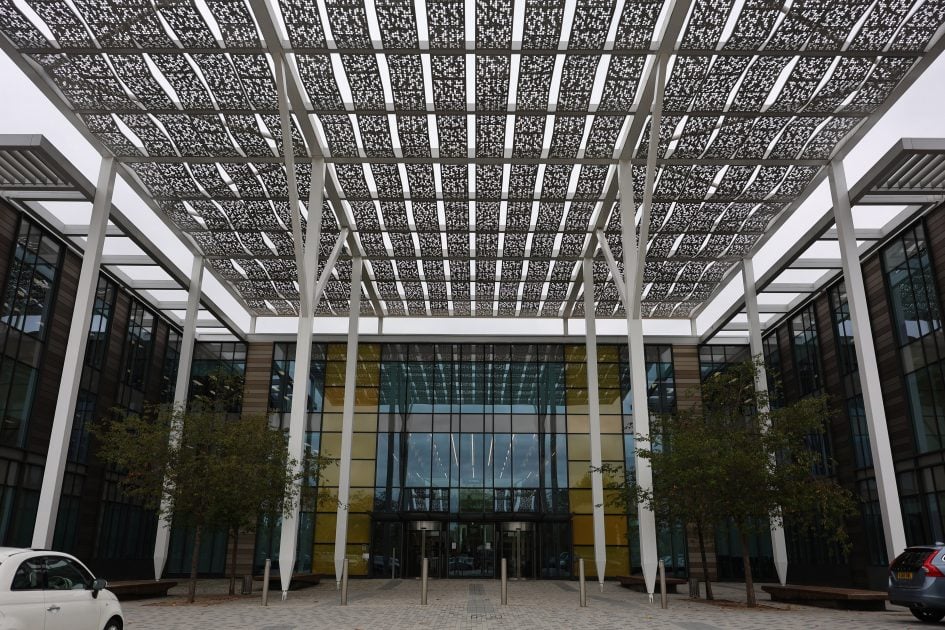
Ok now for a distant quality test, starting at 28mm f2.8, and due to my limited time with the lens so far, I’ve had to swap my usual view of Brighton Pier for this office building, but I’ve composed it so details still run into the corners. Taking a closer look in the middle shows sharp details out of the gate, and closing the aperture down doesn’t bring any significant benefits. Returning to f2.8 and moving into the corners maintains most of the sharpness, with only mild improvements to both it and vignetting as you close the aperture down. So a good result for the lens at 28mm.
Next for the view at 50mm f2.8 and taking a close look in the middle again shows a good degree of detail wide-open, with little to no benefit to closing the aperture down. Moving into the corner of the f2.8 sample again shows the details are mostly maintained with only the mildest softening. As you close the aperture, the details become a tad crisper, but I’d certainly be happy using the larger values if necessary.
And finally at 70mm f2.8, where again taking a closer look in the middle shows decent detail, and again no real benefit to closing the aperture further. Moving into the corner of the f2.8 sample reveals very minor softening of ultimate detail, but this becomes crisper as you close the aperture down a little.
So like most new lenses, the 28-70 is respectably sharp across the frame. There are some benefits to closing the aperture a stop or two if you’d like the best quality into the corners, but you certainly wouldn’t look at the f2.8 samples and consider them compromised.
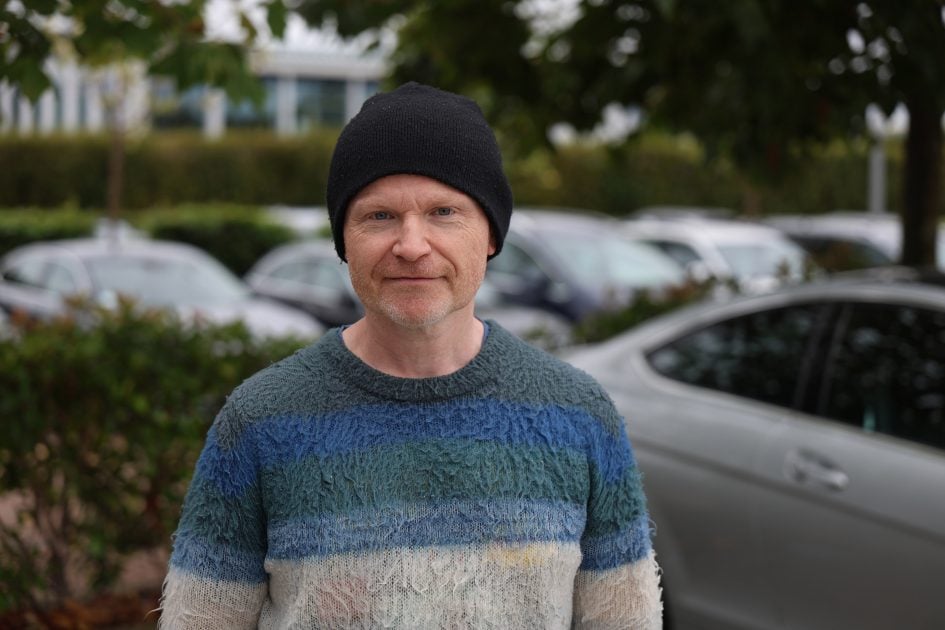
Next for a quick portrait test at 70mm f2.8, showing the potential as a short telephoto. Here the background understandably isn’t as blurred as you’d manage with a longer or brighter lens, but there’s still some separation and if you take a closer look at the subject, there’s sharp details too. If you’re really into portraits or prefer greater background blur, I’d consider the RF 85 f2, but as a compact event lens, the 28-70 will be fine for many of us.

For a closer look at the bokeh quality, here’s a quick test taken at 70mm f2.8 from the closest focusing distance. Looking closely at the bokeh blobs, there’s very faint outlining and onion-ringing visible, placing it roughly between the more obvious artefacts of cheaper lenses and the cleaner blobs of more expensive ones. As you close the aperture down you’ll subtly see the shape of the diaphragm system, but overall the blobs remain mostly circular. So again I’d say a step-up from entry-level lenses, but not as nice as the higher-end ones.
Check prices on the Canon RF 28-70mm f2.8 IS STM at B&H, Adorama, WEX UK or Calumet.de. Alternatively get yourself a copy of my In Camera book, an official Cameralabs T-shirt or mug, or treat me to a coffee! Thanks!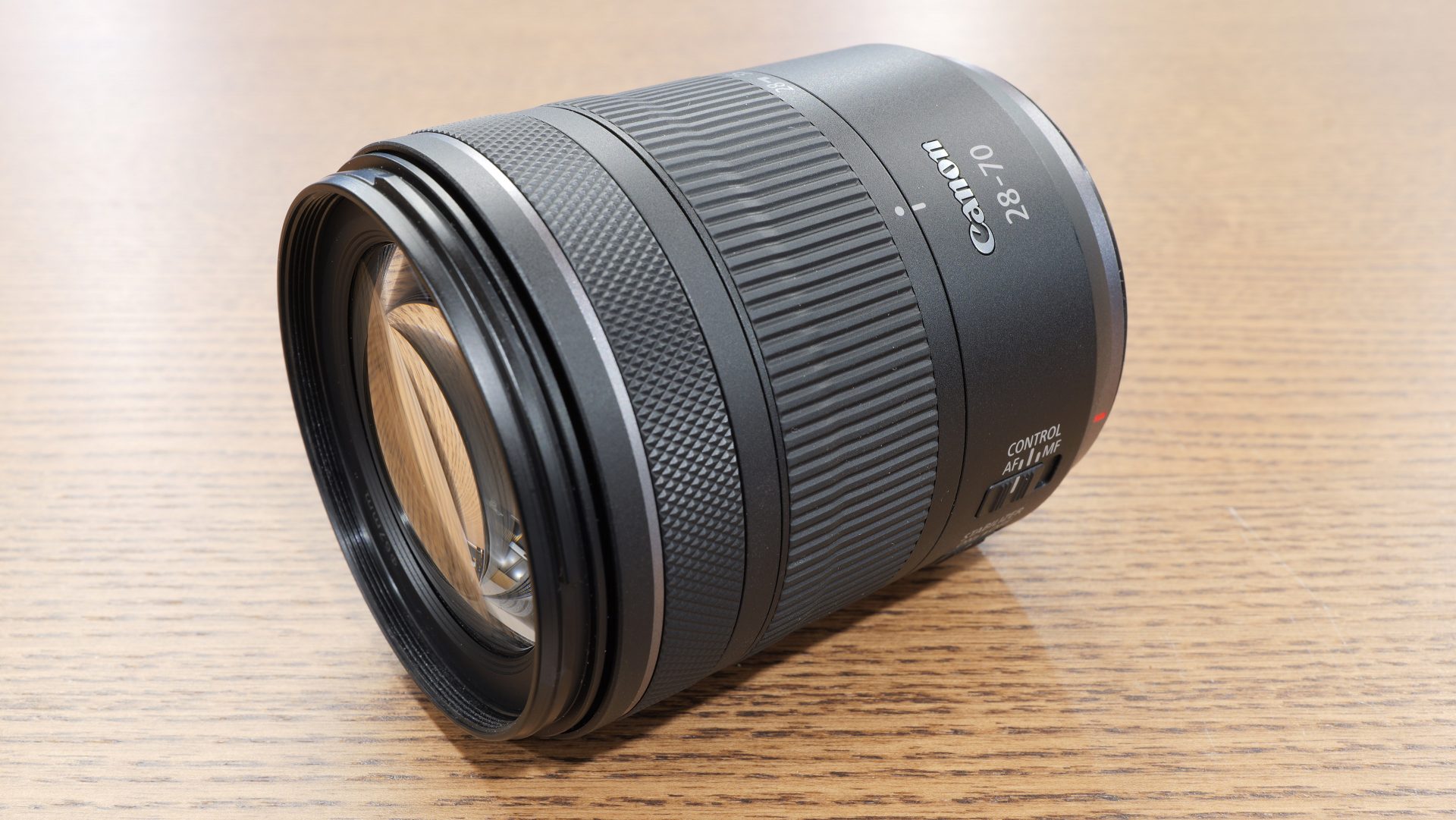
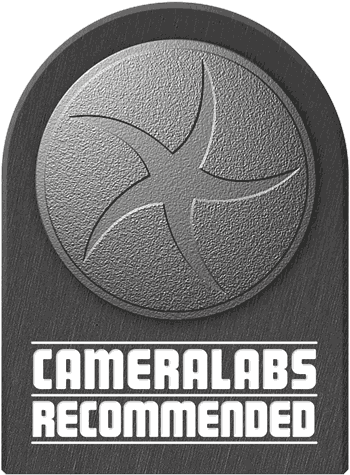 Canon’s RF 28-70 2.8 delivers a step-up over entry-level kit zooms in build, quality and potential bokeh, without the cost or heft of higher-end L lenses. This makes it ideal for smaller full-frame bodies like the EOS R8. But this mid-range positioning also makes it one of the most expensive non-L lenses in the RF series to date, uncomfortably approaching the price of the 24-105mm f4L which for only a little extra gives you a broader zoom range, L build quality, and a lens hood. The 28-70 2.8 of course counters with its brighter f2.8 aperture, a slightly lower price and a barrel that’s smaller and lighter. Physically this makes it a better match for the smaller bodies, but I’d still say the pricing is a bit on the high side, especially when Sigma sells a similar lens (albeit not for Canon RF) for around $800. If you’re after a more affordable 2.8 zoom, consider adapting an EF model with some great prices on used models - check MPB for some ideas. But none will be as small and light as the new RF 28-70 2.8, and most will be slower or noisier at focusing. To be fair, many of us have been asking for mid-range Canon RF lenses - and with its bright aperture, weather-sealing and price-point the 28-70 2.8 is exactly that, slotting between entry-level and high-end options. So the choice is yours.
Canon’s RF 28-70 2.8 delivers a step-up over entry-level kit zooms in build, quality and potential bokeh, without the cost or heft of higher-end L lenses. This makes it ideal for smaller full-frame bodies like the EOS R8. But this mid-range positioning also makes it one of the most expensive non-L lenses in the RF series to date, uncomfortably approaching the price of the 24-105mm f4L which for only a little extra gives you a broader zoom range, L build quality, and a lens hood. The 28-70 2.8 of course counters with its brighter f2.8 aperture, a slightly lower price and a barrel that’s smaller and lighter. Physically this makes it a better match for the smaller bodies, but I’d still say the pricing is a bit on the high side, especially when Sigma sells a similar lens (albeit not for Canon RF) for around $800. If you’re after a more affordable 2.8 zoom, consider adapting an EF model with some great prices on used models - check MPB for some ideas. But none will be as small and light as the new RF 28-70 2.8, and most will be slower or noisier at focusing. To be fair, many of us have been asking for mid-range Canon RF lenses - and with its bright aperture, weather-sealing and price-point the 28-70 2.8 is exactly that, slotting between entry-level and high-end options. So the choice is yours.


